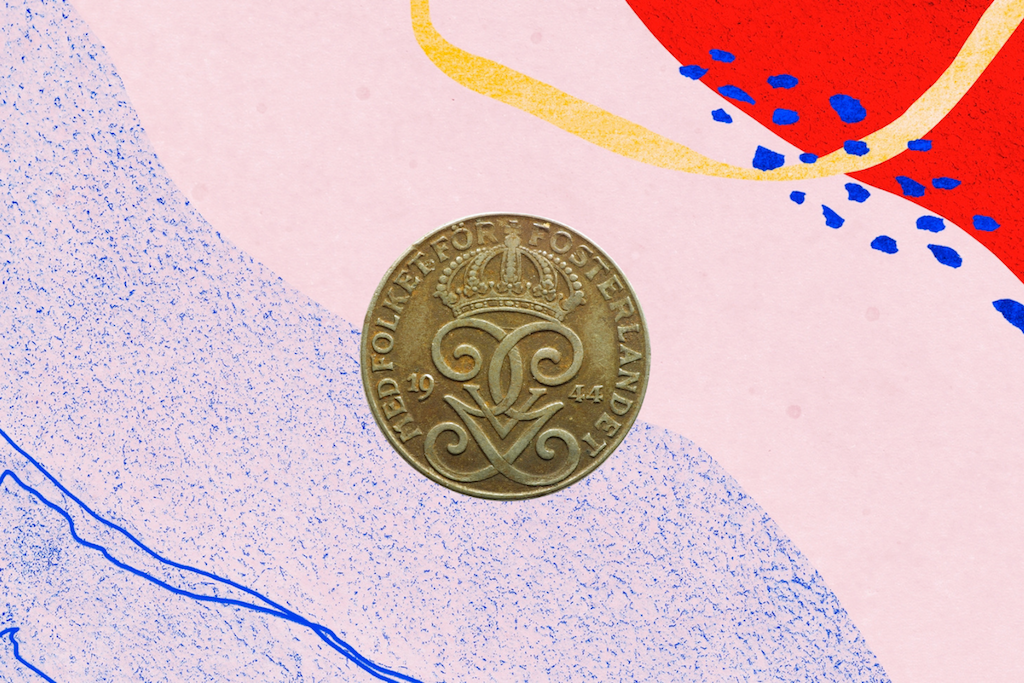Hands up if you’ve spent much of the last two years while in lockdown or working from home watching Bargain Hunt? Yep, us too. If you haven’t watched it, then it’s about time you did. The BBC show’s premise is two pairs of contestants are challenged to buy antiques from shops or a fair and then sell them at auction for a profit.
But you knew that already, right? It is, of course, the 93rd most popular show in the UK.
Perhaps you’ve watched episode after episode of Make Me a Dealer, which sees amateur dealers invest their own money to buy items at auction before trying to sell them for profit?
Or, maybe you’ve developed a particular affection for Flog It, Restoration Roadshow, the Antiques Roadshow, or any of the other ‘collectables’ shows that the BBC likes to air? What we’re trying to say is that the nation has a taste for collectables, auctions and antiques that shows no sign of slowing up soon.
No doubt after watching such shows, you’ve considered whether you could turn your own bargain hunting into a lucrative side hustle. Perhaps; here are 4 collector’s items that do well at auctions.
COLLECTABLE COINS
We all know that coins are valuable – they are money after all! Just one example; earlier this year, This is Money reported that some of the scarcest 50p coins could now sell for £900. And they’d know, right?
The most valuable coins are usually ones that have a low mintage number. A coin’s mintage is the maximum number of coins that have been produced; the lower the mintage, the rarer the coin and the more attractive it is to collectors and bidders.
There are lots of expert indexes out there that reveal the scarcity of some coins and this is a simple and efficient way to gauge whether a coin is likely to perform well at auction.
It’s also well known that if a coin has a commemorative design, then they may well be more desirable to collectors. As such, recently many people have shown interest in the Brexit 50p coin (even if they didn’t vote for it) because they want to know if it has any value and if they can profit from it.
Additionally, if you are interested in collecting unique and meaningful coins, you may want to explore the military challenge coins as they do tend to hold value, not only for their rarity but also for the stories and significance they carry. They often have sentimental value, as they are given as tokens of appreciation and camaraderie within the military community. Owning one of these coins can be a source of pride and a way to honour the sacrifices and accomplishments of those who serve.
Finally, if a coin is uncirculated, it may well sell more for one that’s been in circulation.
It’s important, however, to be alert to counterfeit coins, which can be worth a fraction of the price of those that are real, so it’s definitely worth taking some time to make sure they’re all genuine. If you’re not sure about the authenticity of a coin, it’s always best to err on the side of caution and assume that it might not be genuine. This way, you won’t end up disappointed down the road if it turns out to be fake.

VINTAGE TOYS
As Lovemoney explains, “Toys don’t typically cost a fortune, but over time through the power of nostalgia these children’s playthings can increase in value. In fact, some of the rarest and most sought after toys can sell for thousands, and in some very special cases, millions”.
But who buys these toys? Well, toy specialist Kegan Harrison of Tennants Auctioneers in North Yorkshire told the Mirror, “The mainstream of toy collecting is a generational thing and is led by 40 to 60-year-olds who are re-buying their childhoods.”
Interestingly, it’s essential that the vintage toys you’ve collected or accumulated are in mint condition, with those still in their box far more likely to fetch a good price at auction. If you have a toy that’s missing a part, then it’s a smart move to track down a spare online, even if it takes time and costs a little money; you’ll increase its value significantly if the toy is in one piece.

VINTAGE ADVERTISING ENAMEL SIGNS
Vintage signs are hugely sought after and popular amongst bidders. Early enamel warning signs, in particular, are always in demand with collectors and interior designers.
Why are they so sought after, we hear you ask? Well, Catawiki posits that perhaps it’s because there is something ”inherently ‘cool’ about the way they look with their rusty edges, catchy slogans and bold colours”. We couldn’t agree more.
So, what signs to look out for? As an insight, Catawiki sold a Sandeman Port & Sherry sign from 1951 for €2,800 and another Sandeman Port sign for €3,356.
Moreover, the Journal of Antiques explains that “Much of the most beautiful examples of the artwork involved are for alcohol, tobacco and firearms. These companies were the most successful at that time. Therefore, it was easier for them to afford the best artists and the finest printers in the U.S”.
If you stumble across an enamel sign, Catawiki say there are few things to consider when working out it’s value:
1.) Condition – Fade and rust from exposure to outdoor weather can influence the value negatively.
2.) Visual appeal – They say that “signs that are quirky and comical are more likely to do well at auction.’’
3.) Scarcity – Is the sign special or unique? Were a limited number made? Is there evidence of the signs being discontinued?

EARLY CHINESE ANTIQUES
Do you remember the recent story of one lucky shopper who bought a Chinese vase in a charity shop for £1 and it sold for a whopping £484,000 at auction after it transpired it was made for a 18th Century emperor?
John Schofield, head of the Asian Arts Department at Eldred’s, told Invaluable that “As China becomes a more powerful force in the world, more and more people have become interested in Chinese antiques.” He goes on to explain that “items with the most provenance are most sought after.”
The antiques and collectables site explains that much Chinese art was taken by missionaries and travellers, then dispersed throughout the globe without any recognition of their value. Suddenly, pieces assumed to be common or basic are being re-discovered as rarities.
Moreover, many historic pieces were destroyed in the 1960s and 1970s meaning that real, authentic Chinese antiques are scarce. All this said, and because of the popularity of Chinese antiques, it should be noted there are many fakes out there, so do your due diligence when purchasing such a collectable.
So, what pieces should you look out for? Snuff bottles, vases, plates, and teapots made out of bronze, jade, clay and porcelain all do particularly well at auction. Painting and sculptures can be lucrative, too, with the most sought after type of sculpture being one made from white jade.
Though you might not be lucky enough to stumble across a white jade sculpture in a charity shop, it’s still worth being tuned in to what makes money.
While we’re on the subject, check out these 6 IDEAL tips to help you choose high quality furniture at auction.





